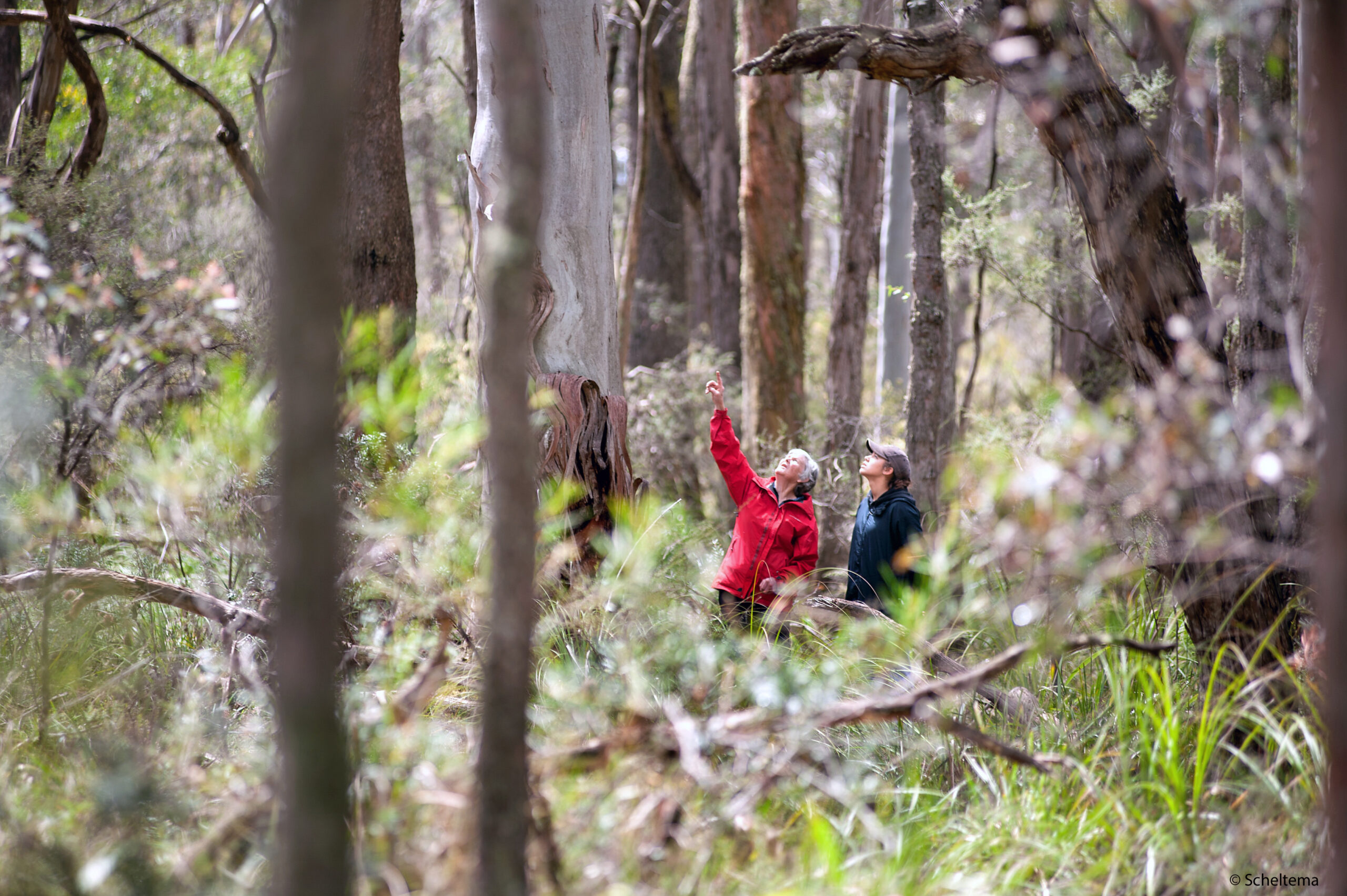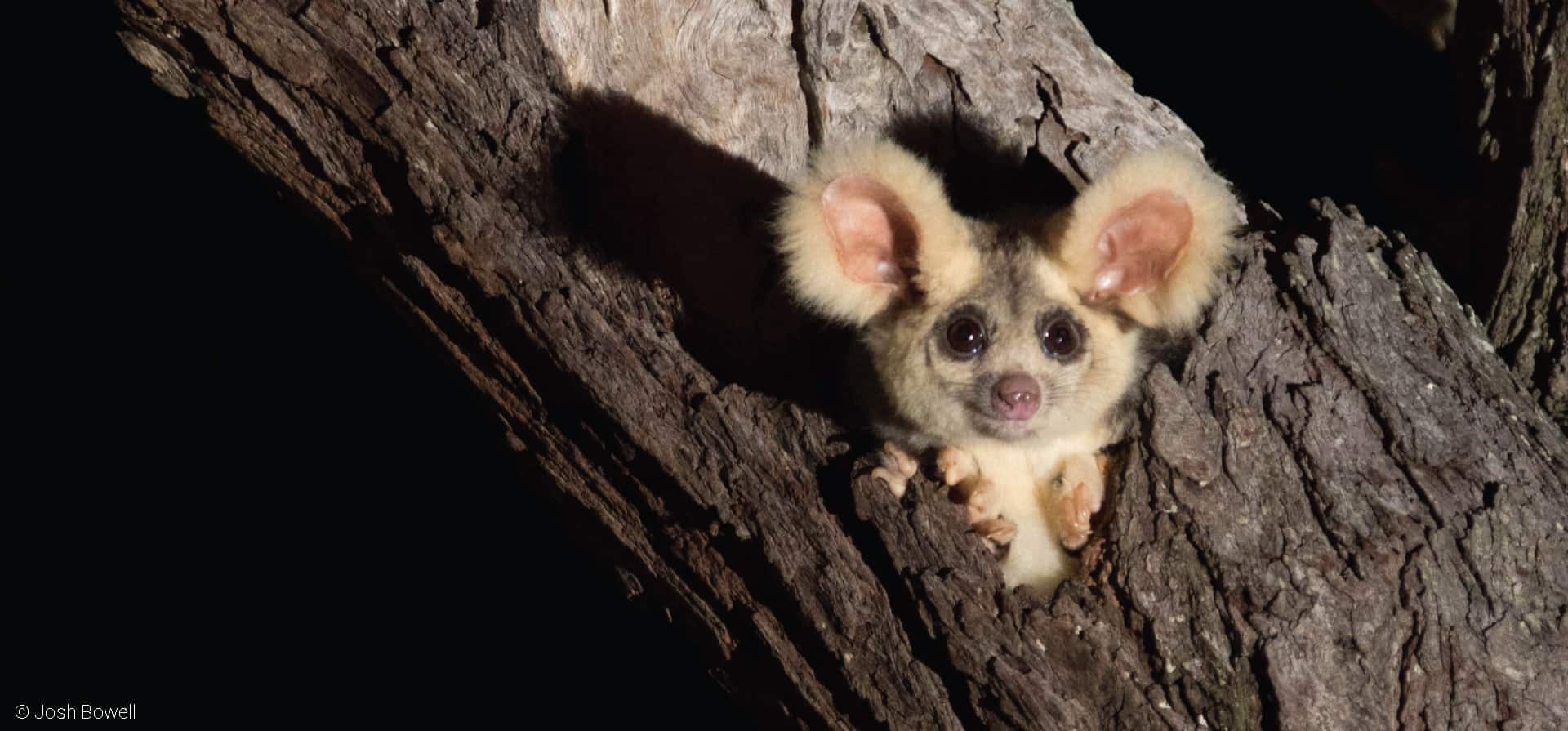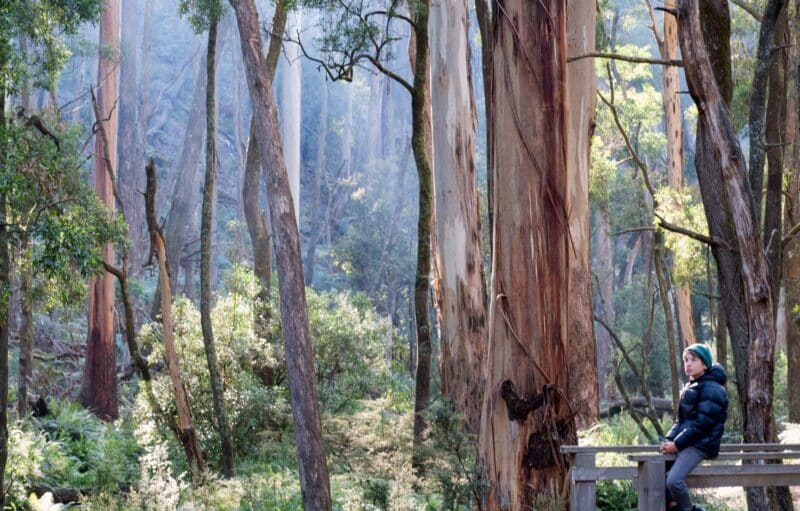NEWS 10 September 2025 |
This morning legislation for new central west national parks and conservation reserves was tabled in Victorian Parliament!
Nature conservation and community groups are celebrating a historic win for nature, climate, and community with formal legislation tabled for new national parks and conservation reserves across Victoria’s central west.
The new parks will protect tens of thousands of hectares of habitat. The legislation, promised in 2021, is a result of decades of tireless advocacy to keep irreplaceable landscapes and wildlife safe from logging, resource exploitation and neglect.
“We’re making sure these parks will continue to be accessible with Victorians able to use these areas to get into nature and do the things they love including bushwalking, camping, horse riding, four-wheel driving, dog walking, fishing, seasonal deer hunting and more,” said Premier of Victoria Jacinta Allan. “The parks will protect Victoria’s iconic native flora like Mount Cole Grevilliea, Pyrenees Gum and rare and threatened species like the Powerful Owl, Barking Owl, Swift Parrot and Southern Greater Glider.”
“This is a major milestone for Victoria’s natural heritage and climate resilience,” said VNPA Executive Director Matt Ruchel. “National Parks are the gold standard of protection. After four years of advocacy, we’re thrilled the legislation is finally ready. These fragmented forest remnants are vital refuges in a landscape heavily cleared for agriculture.”
What happens next?
The legislation has been tabled. Next, the Legislative Assembly and Legislative Council will debate the bill. It has to pass through both houses for the new parks to be officially created. And fingers crossed it does! You’d hope so, with 80% of Victorians backing new parks. The final legislative step, once passed, brings these areas under permanent care of Parks Victoria and the community.
But there’s still work to do. These new parks will need proper funding for restoration, weed control, and protection.
“Legislation is just the beginning,” emphasised Osborne. “Decades of logging and neglect have left these forests vulnerable. We need substantial investment in ecological restoration, weed and feral species control.” Radford agreed: “We now need resourcing that matches the scale of the task – and the importance of what we’ve protected.”
The new parks will protect over 380 rare and threatened plants, animals and fungi, including Mt Cole Grevilleas, Brush-tailed Phascogales, Mountain Skinks and Powerful Owls. The legislation fulfills several long-standing government commitments:
- Three new national parks: Wombat-Lerderderg, Mount Buangor and Pyrenees national parks
- Two new conservation parks: Cobaw Conservation Park and Hepburn Conservation Park
- Expanded protection: Addition of Wellsford Forest to Bendigo Regional Park and extension of the Wimmera Heritage River around Mt Cole
- Enhanced recognition: Revocation of Mount Cole Game Sanctuary status, contained in the government’s response to the Victorian Environmental Assessment Council’s Central West Investigation Final Report
They’ll be Victoria’s first substantial new national parks in 14 long years. Places that generations of people will come and enjoy. None of it would have happened without the dedication of nature-lovers like you.
Community voices celebrate protection
“Wombat Forest is home to threatened wildlife, rich biodiversity and vital water catchments,” said Gayle Osborne, spokesperson for Wombat Forestcare, who VNPA has worked closely with for over fifteen years. “Today’s legislation finally gives it the legal protection it deserves.”
Wendy Radford, representing community efforts as Bendigo District Environment Council said “Wellsford is cherished by countless visitors across the Bendigo region. Expanding protection for the whole Wellsford Forest as a regional park is a good start. Our beloved Box-Ironbark forests must remain a protected refuge for nature, people and our warming climate.”
The new protected areas are vital for:
- Connecting wildlife homes: Keeping safe places for threatened animals like Powerful Owls and Greater Gliders to live and move between.
- Clean water: Protecting the areas that supply clean drinking water to country towns and communities.
- Respecting culture: Supporting Traditional Owners to manage and care for their Country.
- Nature tourism: Helping people enjoy nature while creating local jobs, following the National Parks Act 1975.
- Climate resilience: Keeping natural areas healthy to store carbon and help us adapt to a changing climate.
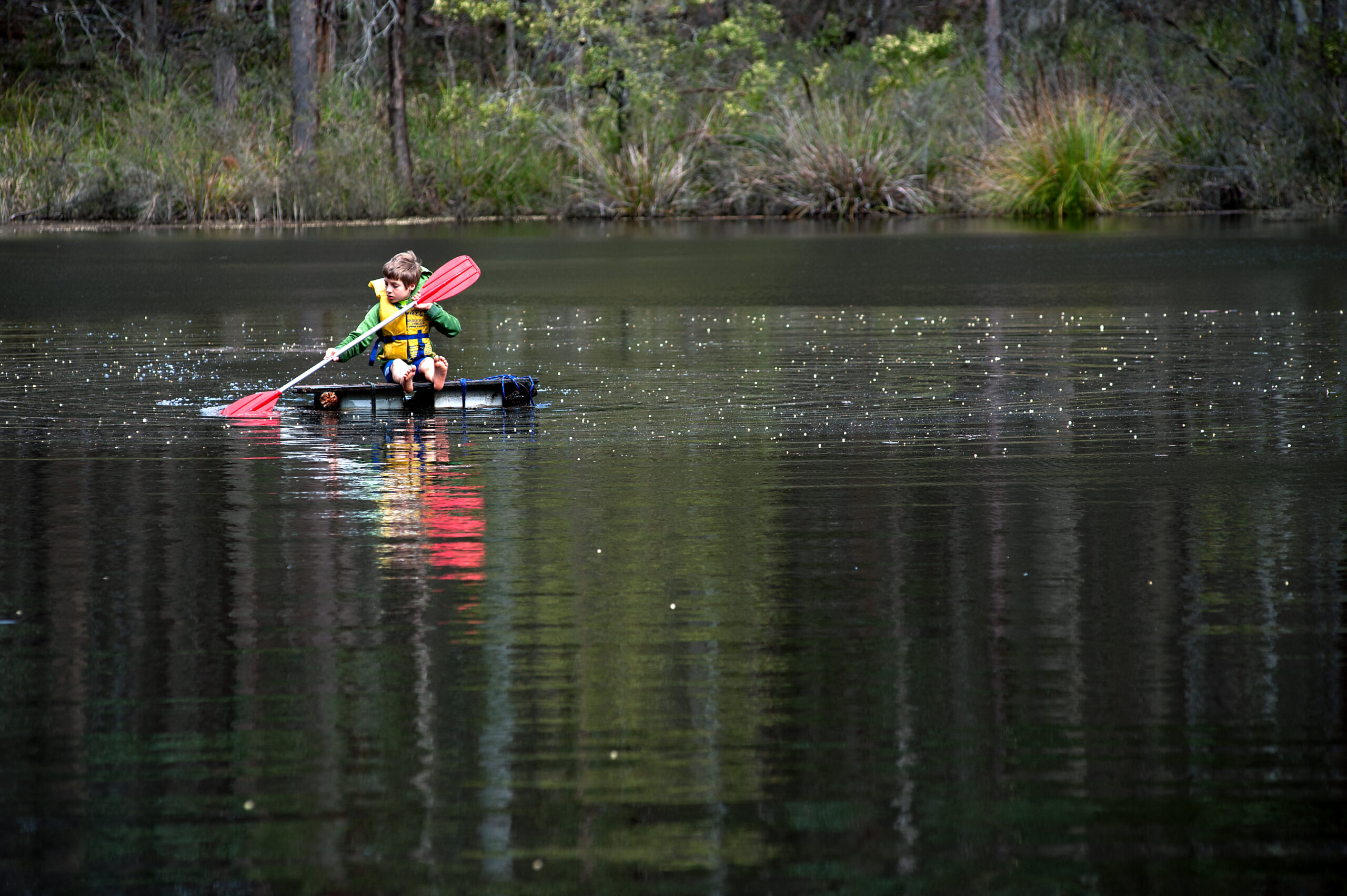
The bigger picture
The web of life we depend on is interconnected and intricate. Birds, reptiles, mammals, fish, amphibians, insects, fungi and lichen. Today we sigh a huge breath of relief that tens of thousands of hectares of habitat are safe.
Conservation groups are calling on the Victorian Government to back the parks with funding that reflects their ecological and cultural significance, so future generations can experience thriving forests, flowing rivers and abundant wildlife.
“With stronger nature laws, Traditional Owner partnerships, and community support, we can now focus on proper funding and management of these precious places,” concluded Ruchel.
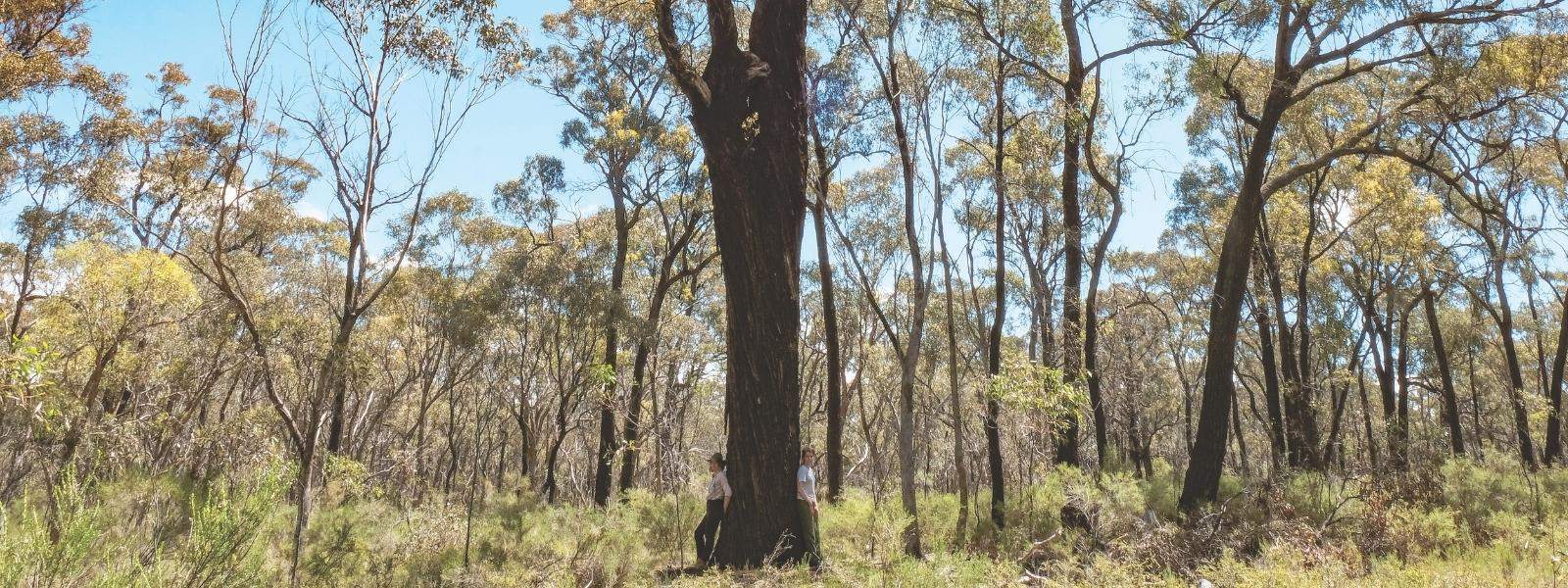
Historic Treaty context
The parks legislation coincides with Victoria’s groundbreaking Treaty process, following nearly a decade of work between the Victorian Government and the First Peoples’ Assembly of Victoria. This creates unprecedented opportunities for Traditional Owner co-management of Country, aligning with the Traditional Owner Settlement Act 2010.
This parks legislation was tabled the same week Victoria introduced Australia’s first Treaty Bill to Parliament. A historic moment for both nature protection and reconciliation. Victoria is leading the nation in recognising that First Peoples are the experts when it comes to Country, culture and communities. What a week.
Background information:
This is what happens when passionate community members and groups refuse to give up on nature. Thank you for making this historic moment possible.
We acknowledge the Traditional Owners of the lands on which these parks are created and pay deep respect to Elders past and present. We deedply respect their enduring connection to Country and support ongoing pathways to joint management, recognition and truthtelling.
